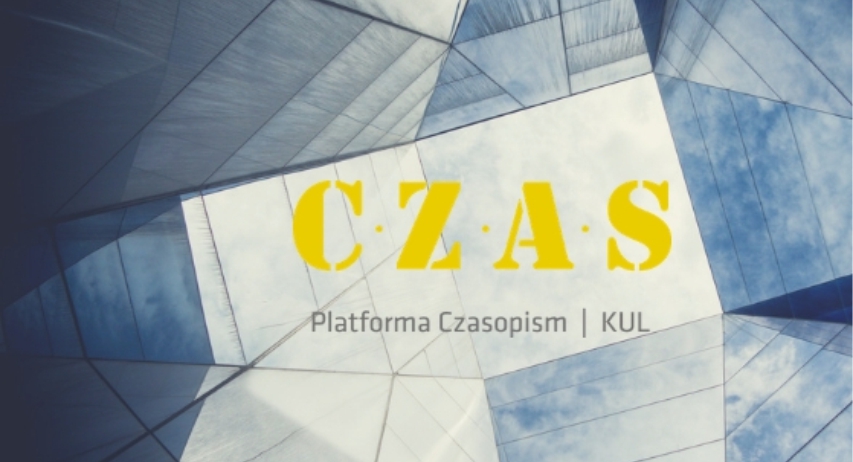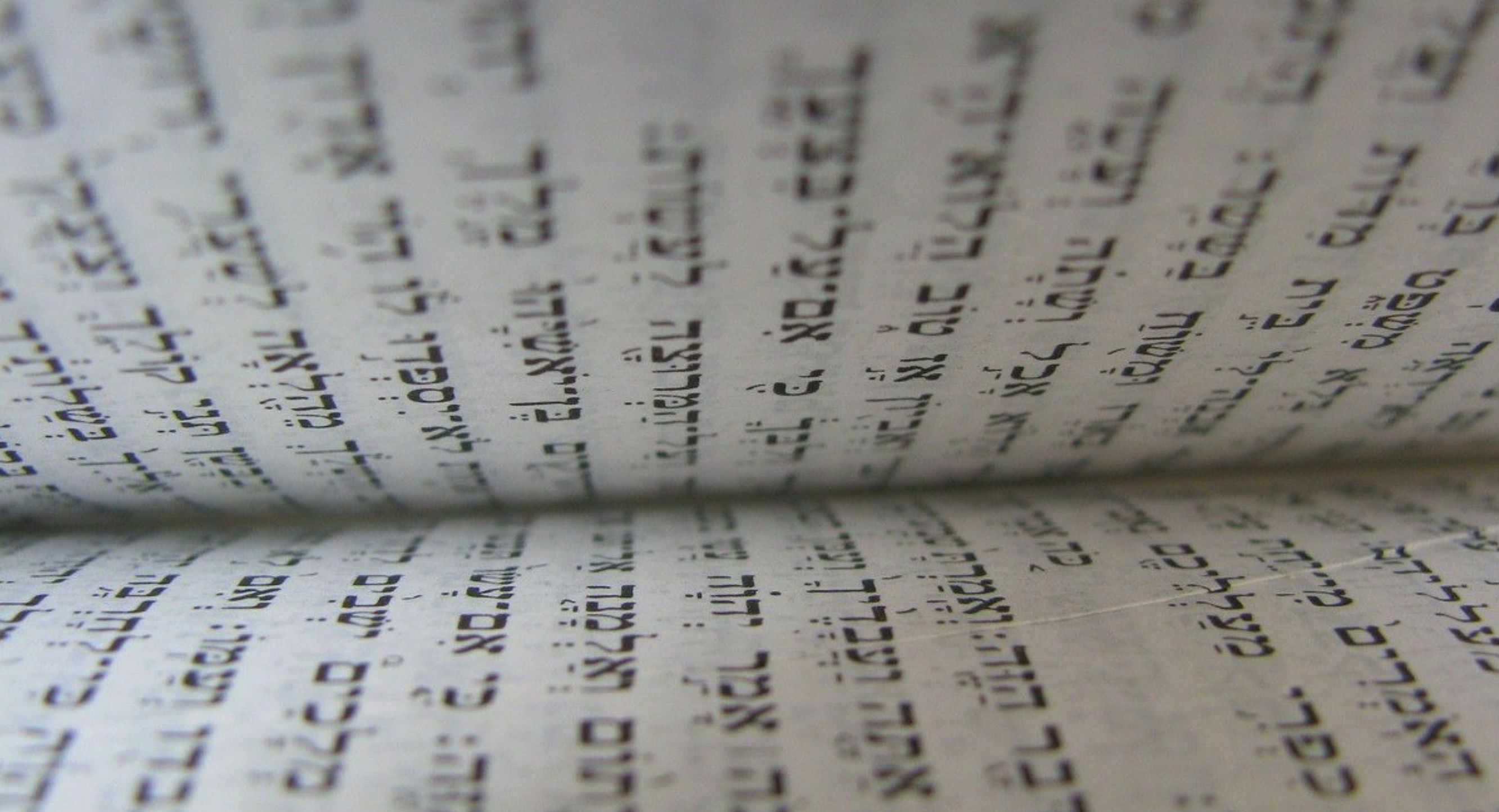Dawid Mielnik, Motyw wskrzeszenia w biblijnych tradycjach o Eliaszu i Elizeuszu. Porównawcze studium historyczno-krytyczne 1Krl 17,8-24 i 2Krl 4,8-37 (Studia Biblica Lublinensia 17; Lublin: Wydawnictwo KUL 2018)
Jakub Piotr Altman
Katolicki Uniwersytet Lubelski Jana Pawła II , PolandAbstract
Book Review: Dawid Mielnik, Motyw wskrzeszenia w biblijnych tradycjach o Eliaszu i Elizeuszu . Porównawcze studium historyczno-krytyczne 1Krl 17,8-24 i 2Krl 4,8-37 (Studia Biblica Lublinensia 17; Lublin: Wydawnictwo KUL 2018). Ss. 317. PLN 29.00. ISBN 978-83-8061-584-7
Altman, J. P. (2020). Dawid Mielnik, Motyw wskrzeszenia w biblijnych tradycjach o Eliaszu i Elizeuszu. Porównawcze studium historyczno-krytyczne 1Krl 17,8-24 i 2Krl 4,8-37 (Studia Biblica Lublinensia 17; Lublin: Wydawnictwo KUL 2018). The Biblical Annals, 10(1), 141–144. https://doi.org/10.31743/biban.5032
License
- Pursuant to the Act on Copyright and Related Rights of February 4, 1994, the Author of the publication grants to the Publisher of the journal „The Biblical Annals” e a non-exclusive and royalty-free license to use the Work submitted for publication, without time and territorial restrictions in the following fields of use:
a) record the Work and copy it by means of any technique (including printing and electronic recording) on all known data carriers (including IT, electronic and polygraphic), and in all IT systems (in particular those available online);
b) enter the Work into computer memory, disseminate the Work and its copies, as well as market the Work and its copies;
c) publicly perform, replay, display and screen the Work, as well as lend, rent and lease the Work and its copies;
d) make available, market and disseminate the Work and its copies via IT networks, and in particular via the Internet, including the promotion or advertising of the Work, the journal or the Publisher. - The Author shall further grant his/her consent for the Publisher to use and dispose of derivative works.
- The Publisher may sublicense the work.
- Third parties may use the articles and other materials containing the Works, or developed on the basis of the Works in line with the model Creative Commons Attribution 4.0 International (also referred to as CC BY 4.0).







